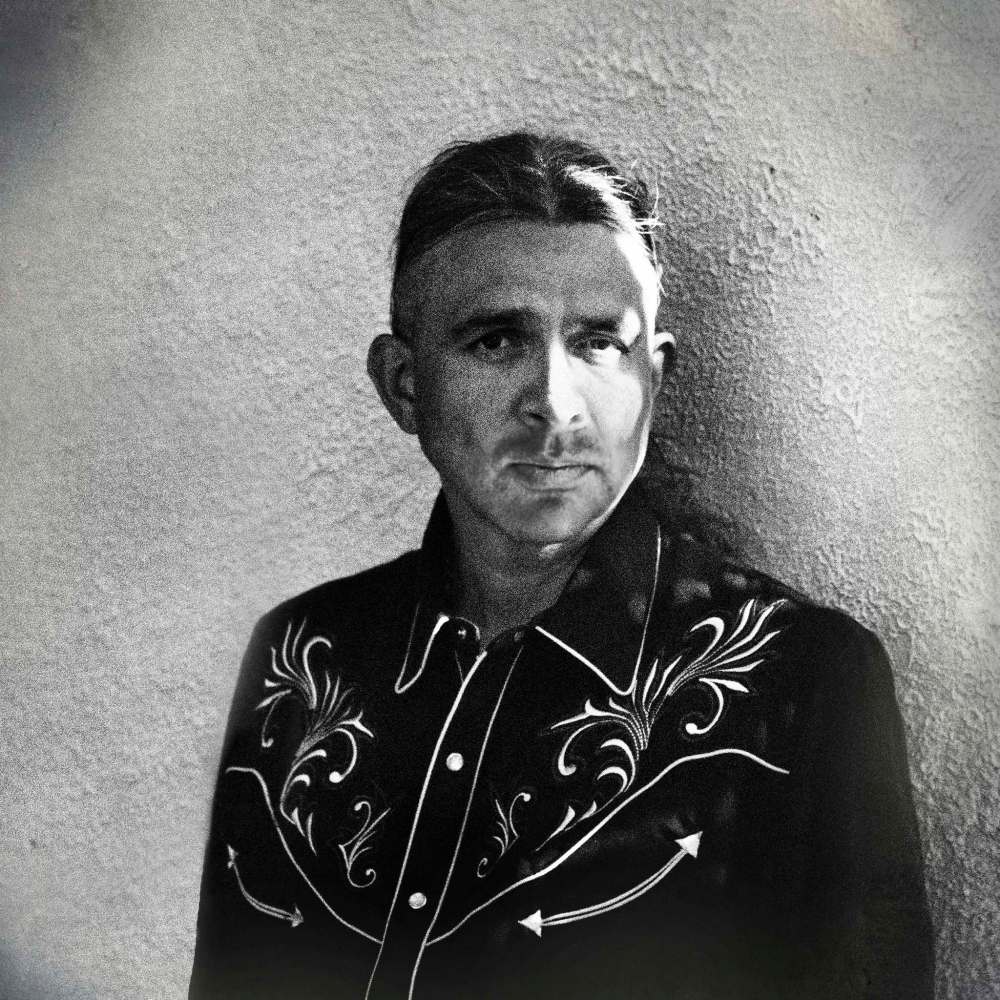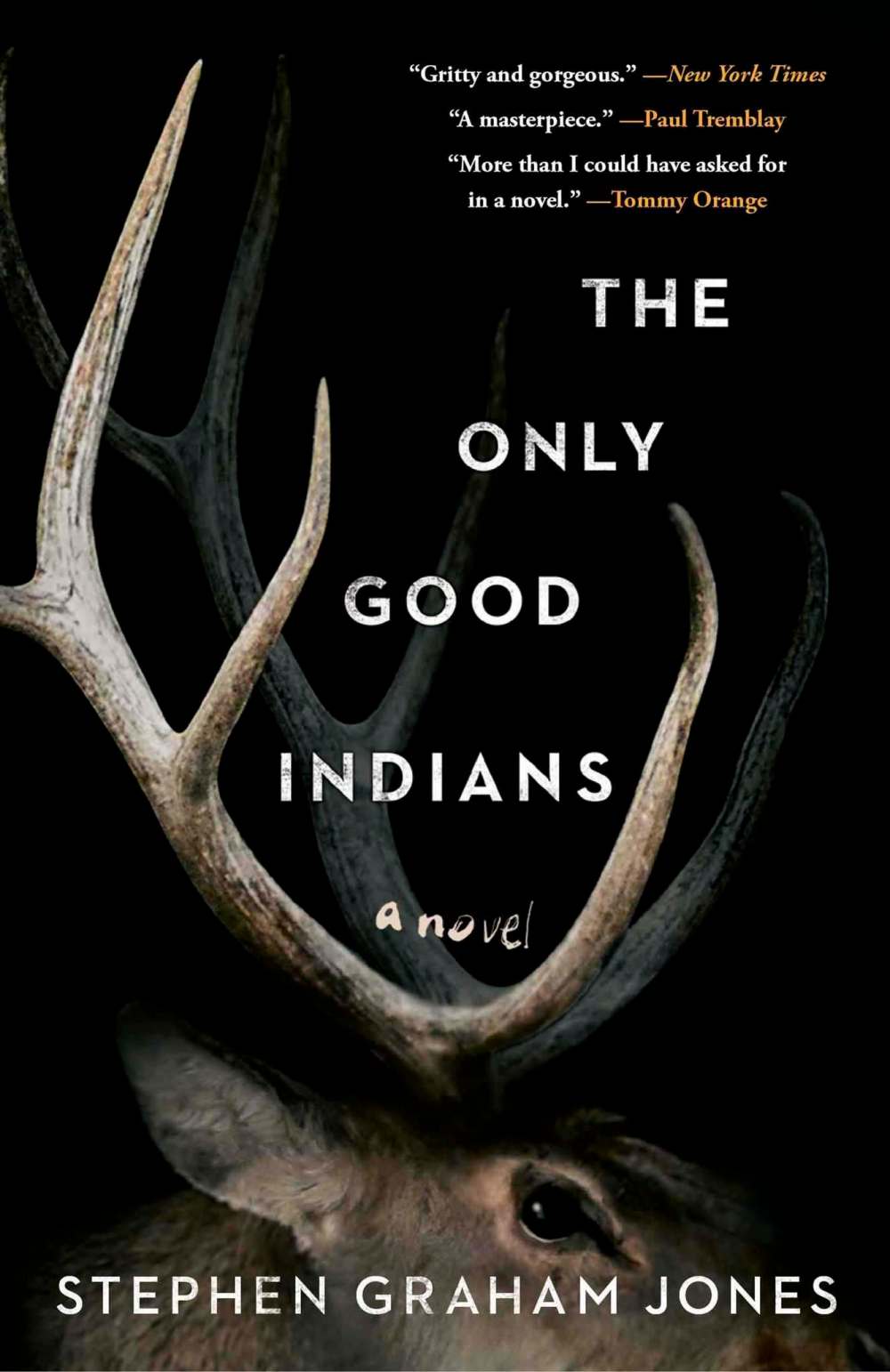Gore and more
Jones' evocative horror novel brings a memorable monster
Advertisement
Read this article for free:
or
Already have an account? Log in here »
To continue reading, please subscribe:
Monthly Digital Subscription
$0 for the first 4 weeks*
- Enjoy unlimited reading on winnipegfreepress.com
- Read the E-Edition, our digital replica newspaper
- Access News Break, our award-winning app
- Play interactive puzzles
*No charge for 4 weeks then price increases to the regular rate of $19.00 plus GST every four weeks. Offer available to new and qualified returning subscribers only. Cancel any time.
Monthly Digital Subscription
$4.75/week*
- Enjoy unlimited reading on winnipegfreepress.com
- Read the E-Edition, our digital replica newspaper
- Access News Break, our award-winning app
- Play interactive puzzles
*Billed as $19 plus GST every four weeks. Cancel any time.
To continue reading, please subscribe:
Add Free Press access to your Brandon Sun subscription for only an additional
$1 for the first 4 weeks*
*Your next subscription payment will increase by $1.00 and you will be charged $16.99 plus GST for four weeks. After four weeks, your payment will increase to $23.99 plus GST every four weeks.
Read unlimited articles for free today:
or
Already have an account? Log in here »
Hey there, time traveller!
This article was published 01/08/2020 (1953 days ago), so information in it may no longer be current.
Stephen Graham Jones is not quite a household name, but he is one of the most well-known authors among horror fans. With over 25 books published since 2000, he’s also one of the most prolific authors working in genre fiction. Perhaps unusual for an author with such a large output, Jones is known for pushing and defying convention, especially with experimental works such as 2006’s Demon Theory and the more recent werewolf novel Mongrels, published in 2016.
Jones grew up in Texas, is now a university professor in Boulder, Colo. and is originally from the Blackfeet Nation in Montana, which is where The Only Good Indians is set. On their last hunting trip of the season, four male friends, have come up short and decide to trespass into hunting grounds that are meant only for the elders. They manage to locate a large herd of elk and fire into the group, killing a good number of them.
Their transgression is doubled when they discover one of their kills is a female elk, too young to be hunted and pregnant with a calf.

The narrative picks up 10 years later with Lewis, who has managed to move away from the Blackfeet Nation and works as a mail carrier. Lewis begins to have visions of a woman with an elk’s head and feels her presence growing stronger. His growing paranoia leads him into making increasingly erratic and violent decisions until he is killed by police while attempting to return home.
With one of the other four hunters killed years before, outside a bar by a gang of white oil workers, the narrative takes an intriguing twist as the vengeful spirit of the elk head woman comes for the remaining two hunters, who live on the Blackfeet Nation.
Jones is not one to shy away from gore, and The Only Good Indians is an effective and tense slasher, sure to please straightforward horror fans. But the themes of the novel are impressively complex; Jones sets up all the usual tropes of popular horror, but subverts most of them with a telling wink to the reader.
White settler culture is not an active part of the narrative, but it looms over the lives of all of the characters. It’s a constant source of tension, and lacks any acceptance or understanding for the Indigenous cultures represented in the novel. As they get into trouble, the men often imagine the newspaper headlines that will describe, without nuance or context, the circumstances of their lives. And as they fall victim to the elk woman, the novel does provide the newspaper articles which purport to be the truth but leave out all of the important details the reader has just witnessed.
The importance of the sharing of experience and understanding the world through story is a major theme throughout, and one that Jones manages to evoke through the shifts in the narrative voice. The perspective in the narrative is fluid and changing without ever becoming confusing. The way this story is told is a remarkable achievement, managing to offer a rounded and multiplicitous view of the world — a view that incorporates different experiences and vast stretches of time.

The Only Good Indians is a tense and gory tale with a truly memorable monster, the kind of novel fans will point out as proof that horror can be complex and evocative literature. Stephen Graham Jones continues to set himself apart as one of the best and most exciting authors working in horror today.
Keith Cadieux is a Winnipeg writer and editor.


